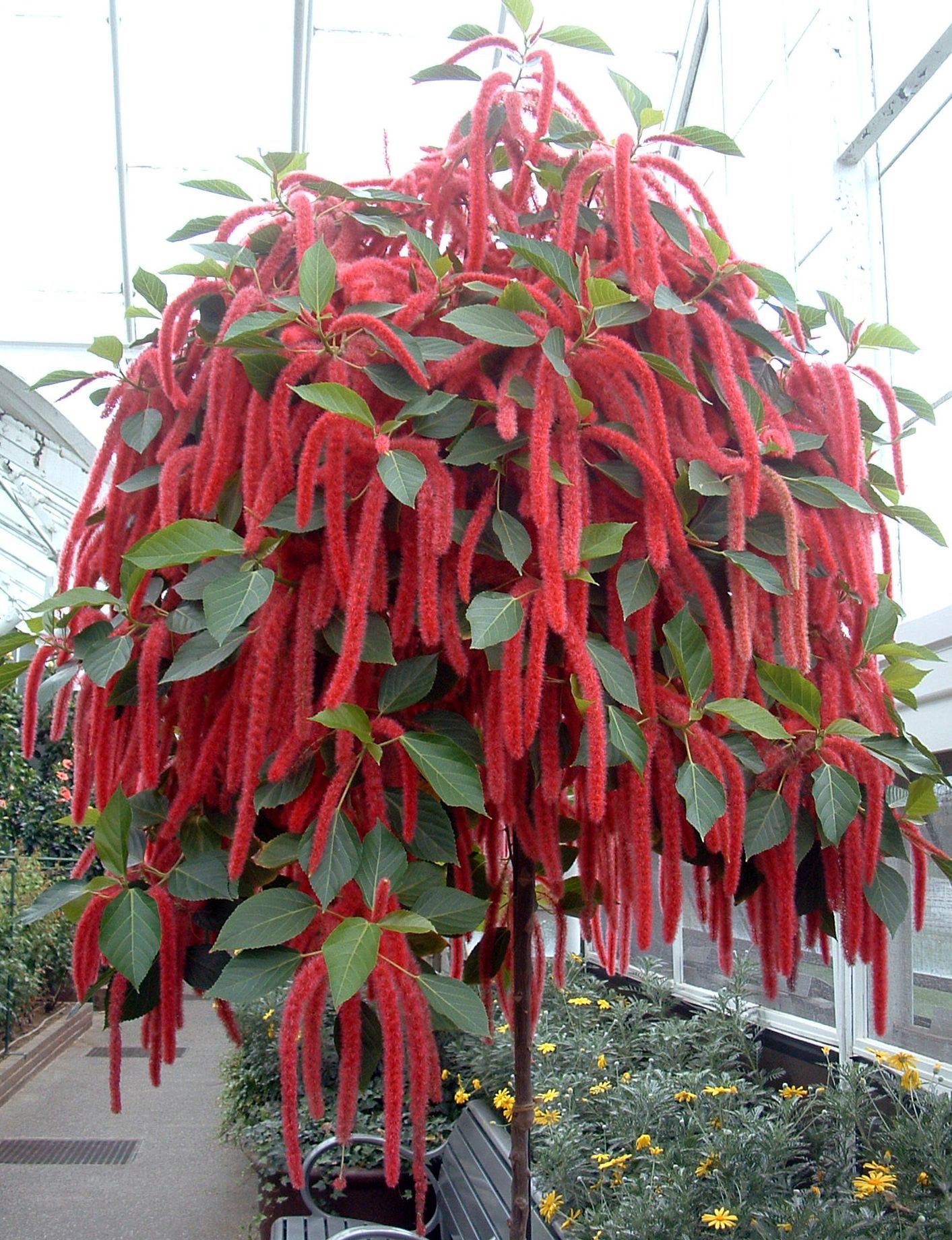|
||||||
Free Bougainvillea Glabra Plants Despite the difficulty that may be encountered with its cultivation, the unusual and highly colourful Bougainvillea is worth all the effort. Avoid allowing the plant to dry to wilting point during the growing season, but keep it a little drier and slightly cooler for a short period in the winter. As the Bougainvillea starts to grow in the spring, the choice must be made as to whether it should be grown as a relatively loose bush, or encouraged to climb. As a climber the plant can be supported either by a bamboo cane or by a wire frame, possibly formed into a hoop. Care should be taken as the stems can produce sharp spines. It is essential to place the plant in direct sunlight, otherwise the growth becomes leggy and the flowering potential will be reduced. Aphids are strongly attracted to the Bougainvillea so make regular checks for them. Plant type : Flowering plant with climbing habit Season of interest : Spring and summer Size : 100-250cm (39—98in) Flower : Small, white, amidst three 2.5-5cm (1 - 2in) pink or purple bracts Leaf : Pointed oval, 5cm (2in), mid green Temperature : 16-20°C (61 - 68°F) Aspect/Light : Well-lit situation with exposure to full sun Humidity : Moderate Watering : Evenly moisten compost in spring and summer, allowing to dry just a little before re-watering; keep on drier side in autumn and winter Feeding : Flowering plant fertilizer once every two weeks in spring and summer Propagation : Plant 10-15cm (4—6in) tip or stem cuttings in seed and cutting compost at 24°C (75°F) in mid spring to early summer Potting : Houseplant potting compost Problems : Aphid Availability : Often available from mid spring to early summer Uses indoors : Ideal for sunny windowsill or conservatory Other varieties : B. butliana - more compact; orange and rose-red bracts |
||||||
|
||||||
